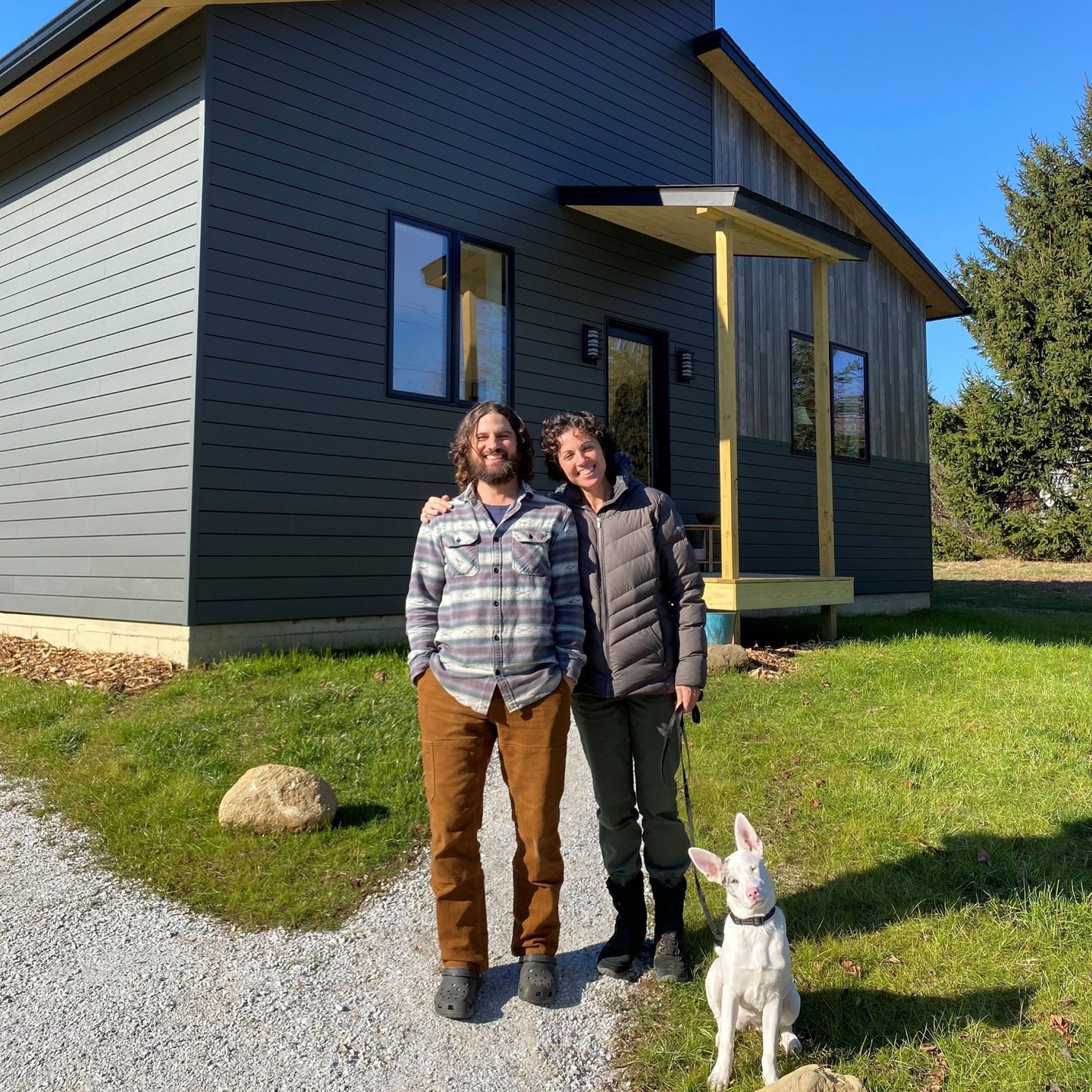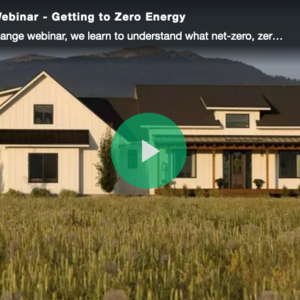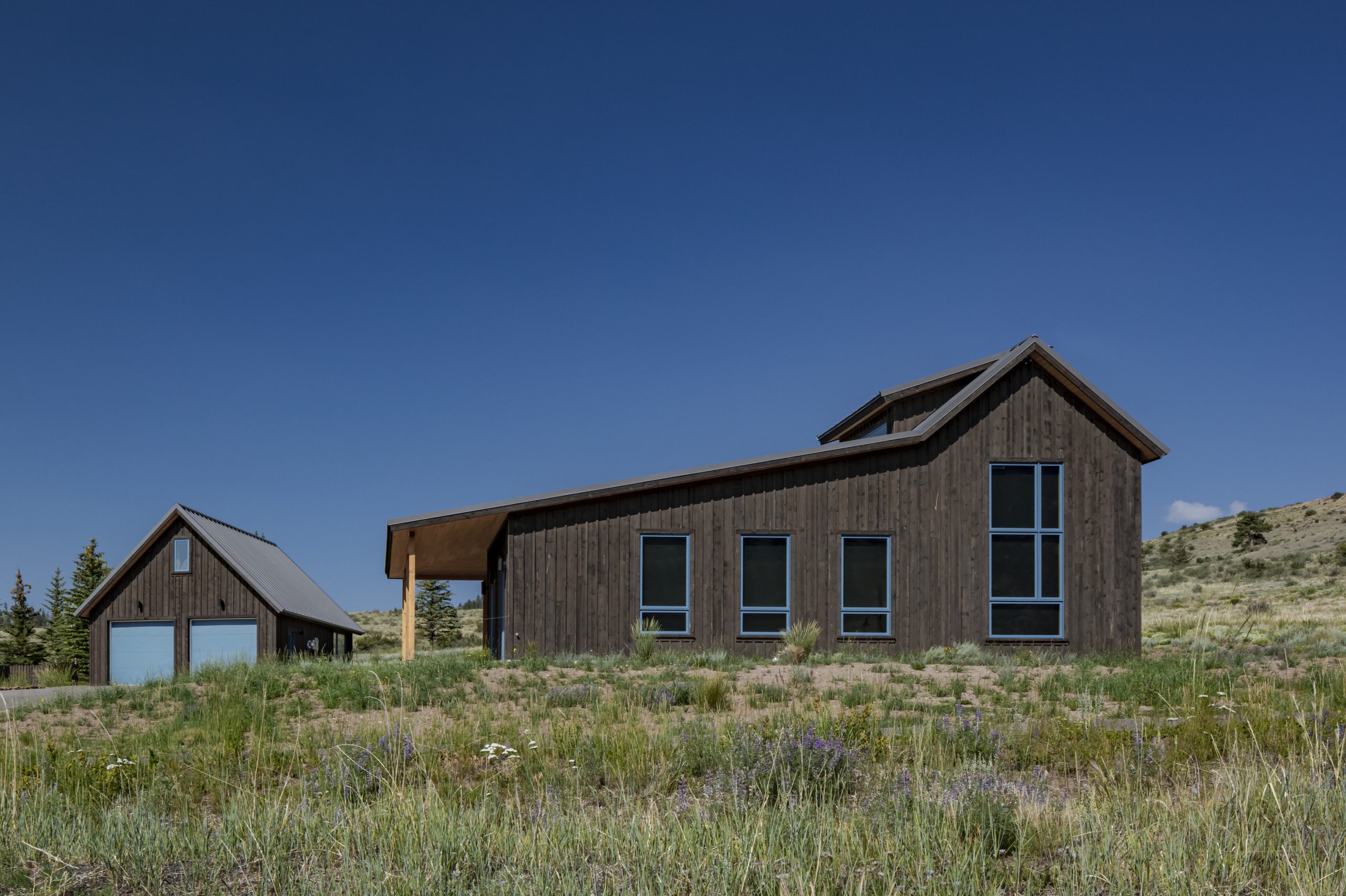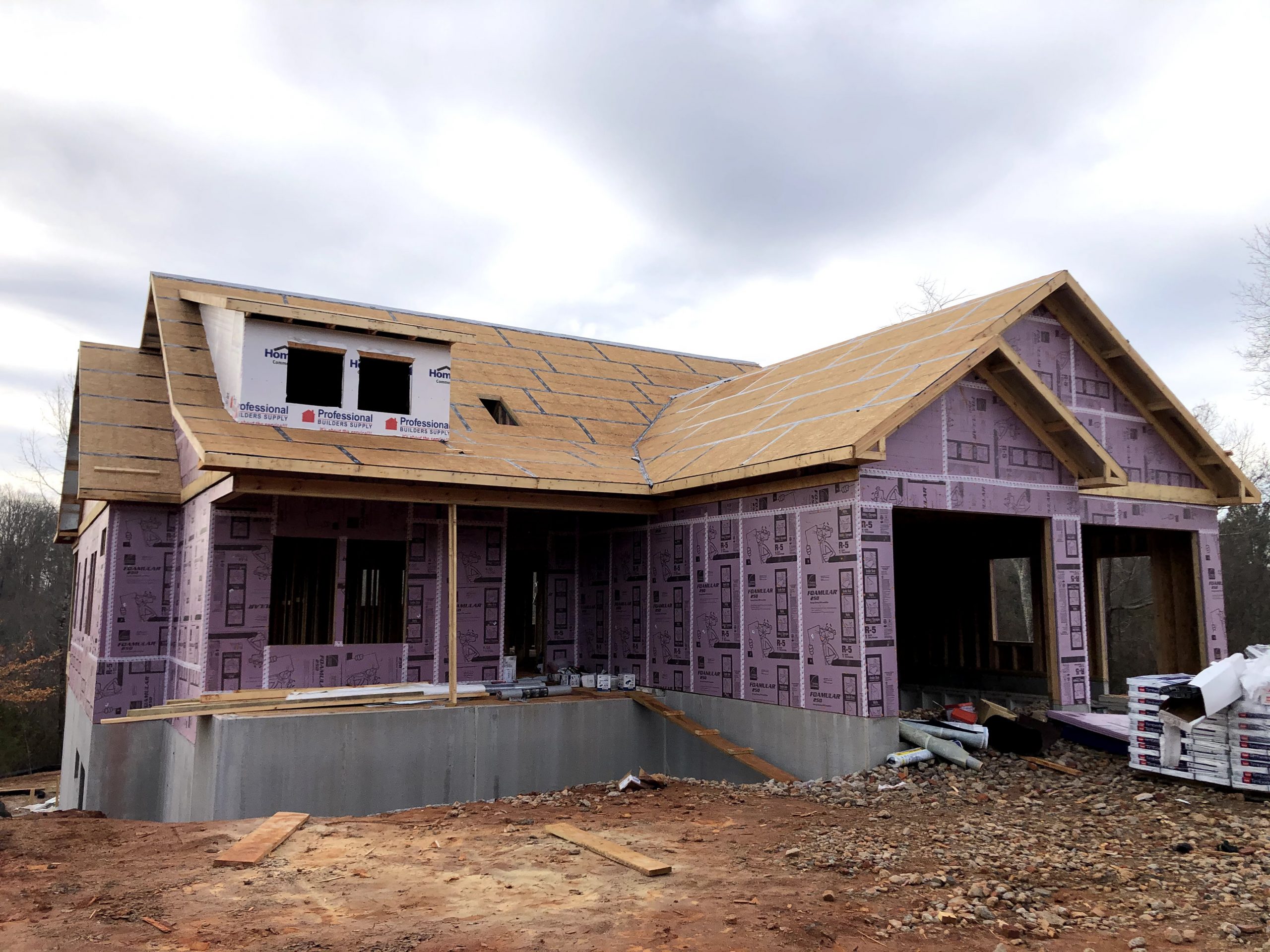
EDITOR’S NOTE: This post is part of a series in GBA’s new Expert Exchange program. We will address a quarterly set of topics, the first of which is “Getting to Net Zero.” The series will culminate with a webinar panel discussion among contributing experts.
Neil Armstrong and Buzz Aldrin hadn’t yet stepped foot on the moon when Americans started using the eventual lunar landing as an idiom for what is possible: “If we can put a man on the moon . . .” what can’t we do? Reading over the Seven Petals of the Living Building Challenge, and each petal’s many imperatives, the program seems an appropriate use of the expression. At the time of its certification in 2016, High Plains Architects’ Urban Frontier House was one of only three homes worldwide to meet the standard as a “Living Building.” In other words, humans were more likely to rocket off to the moon than to certify a home with the International Living Future Institute. And still are. Still today, only four homes have taken this giant step.
While the 2400-sq.-ft. house in Billings, Montana, has some pretty cool details, including a phase-change material in the walls, a wind turbine in the yard, and a garden in the house, what it doesn’t have makes it even more interesting. It doesn’t have a municipal water supply, or a well. It doesn’t have a city sewer connection, or a septic system. And it doesn’t have a mechanical heating or cooling. It is grid-tied, and with a 6.02 kW rooftop PV array, is achieves net-positive-energy production. For the architect and owners, Randy and Janna Hafer, the house fulfills an aspiration, but is also a lab and a work in progress. “We were pushing so many envelopes here, we’d never get anyone else to…
Weekly Newsletter
Get building science and energy efficiency advice, plus special offers, in your inbox.

This article is only available to GBA Prime Members
Sign up for a free trial and get instant access to this article as well as GBA’s complete library of premium articles and construction details.
Start Free TrialAlready a member? Log in














11 Comments
It's a lovely house for a certain type of occupant. It does seem like a return to the 1970s strategy there the owners' lifestyle has to adapt to the house, not visa-versa.
Because many of the house's features require extensive engineering - and the accreditation process isn't simple, Living Building Challenge houses tend to cost a lot. I'd be interested in hearing what the budget for this one was.
Really interesting read, thanks!
To Malcolm's first point, my parents recently built an off-grid home powered entirely by solar (with back up propane generator). To minimize using the generator, it certainly requires adapting one's lifestyle! When we visit in the winter, if it has been cloudy for a couple of days... no making toast! :)
I love experiment and this is fascinating, but also totally ridiculous.
While I respect the idea, I think my frustration with Living Building Challenge is that what it's trying to accomplish should be done at the scale of a community not an individual home or building. In fact, the individual structure level may almost be an anti-productive to try and scale.
Not to say the criticism is totally invalid, but this is why the LBC program allows what they call "scale jumping" where the project team can involve neighbor or community solutions in meeting the petals of the challenge.
That's great to hear. I should have said that I've never actually worked with the LBC and thus don't know all the details. I was unaware of "scale jumping". If I'd have used this as a prompt to take a look, instead just commenting, I would have seen that there is a Living Community concept now. Obvious progression right?!
https://living-future.org/lcc/
I equate the LBC and PHIUS to F1 and NASCAR... very expensive cars that few people can drive, but they push the technology to new levels.
The same goes for the LBC and PHIUS. Those homes are more expensive, the programs are cumbersome and demanding for most folks, one has to hire specialists to do everything, and ultimately, hard to achieve for most mortals. You want proof? Number of certified homes compared to other programs.
Having said that, I'm glad and profoundly grateful to those folks who are pushing the "envelope", pun intended, in our industry as we all have so much to learn from them.
Great project and thanks for sharing! 👍
The chain link fence seems like an unusual choice for a project like this. Is there something about the Living Building Challenge that led to that?
The phase change material is interesting, not heavily covered on this site. Might be an interesting article, showing the theory and modeling? It's equivalent to thermal mass, no? I'm thinking the idea is that it's like a cache for the heat, holding it while changing phase.
Yes phase change material in buildings is used to store heat and release heat later, usually to maintain a reasonably comfortable, more stable indoor temperature range. An alternative to using concrete, stone, brick or water-filled containers as "thermal mass" to reduce indoor temperature swings. Used to be a more expensive alternative, so not commonly used. Masonry can serve two purposes, as a structural material (e.g., floor or wall) as well as reducing indoor temperature variation.
What is the actual nature of the phase change material? Curious.
“This stuff is all over the place and we just haul it away to the landfill,” Randy added. “It’s nuts. We need to do way better than that.”
That, for me, was the most relevant statement in the article. It's great picking the fruit at the top of the tree, which is what I feel this house is doing. But we Americans are leaving so much low-hanging fruit to rot. Interesting article though! I would love to hear more about the composting toilets.
Log in or become a member to post a comment.
Sign up Log in